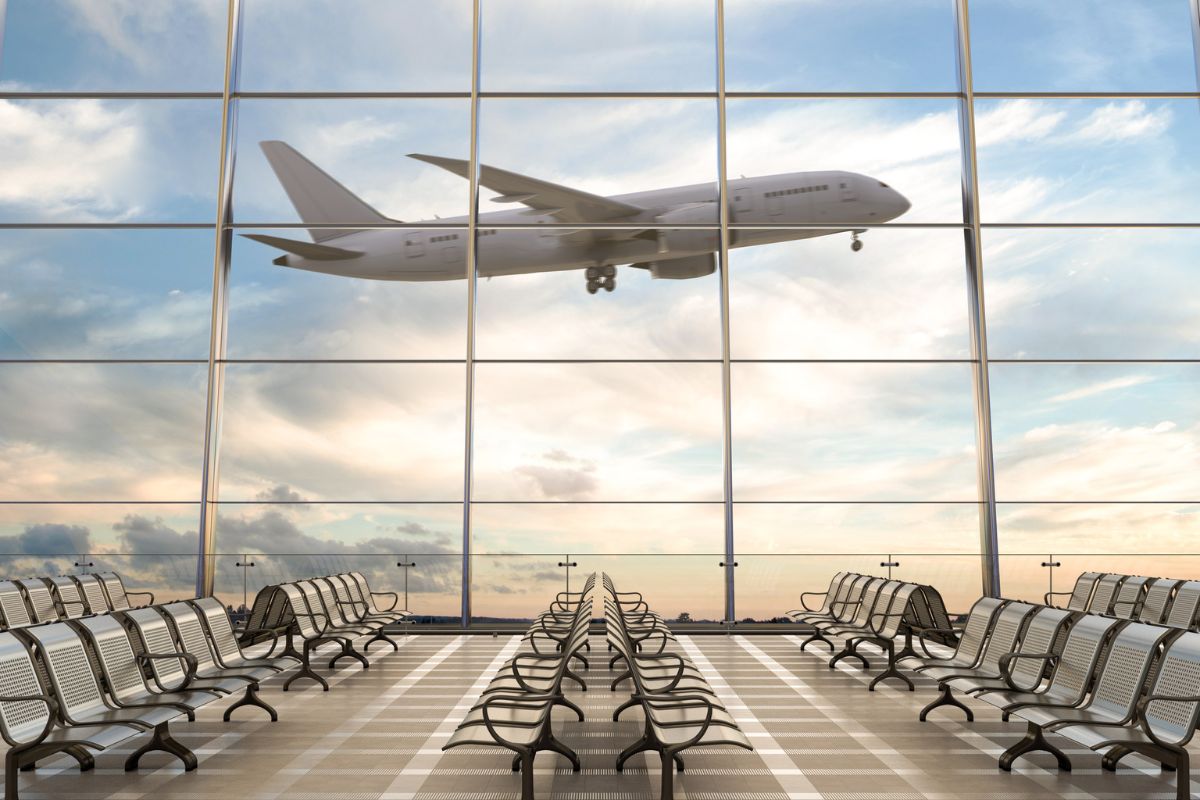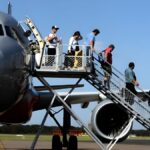The Indian aviation industry has witnessed tremendous growth over the past few years, with a significant increase in passenger traffic. However, this has also led to a rise in congestion at major airports, causing inconvenience to travellers.
To address this issue, the authorities have taken several measures to decongest the airports, as mentioned by the Minister of State in the Ministry of Civil Aviation, Gen. (Dr) V. K. Singh (Retd).
In this article, we will discuss in detail the steps taken to ease congestion at major Indian airports, including Delhi and Mumbai.
1. Additional Traffic Marshals: To avoid vehicular congestion at the departure forecourt, additional traffic marshals have been posted to guide and manage the traffic flow.
2. Information Displays: To guide passengers in advance, boards displaying the least waiting time and entry gate numbers have been installed at vantage points. Also, display boards have been installed at entry gates to provide real-time data regarding waiting time. The information is also being shared through social media to keep the passengers informed.
3. Awareness Posters: Awareness posters have been installed at entry gates to remind passengers to keep their air tickets, boarding passes, and identity-proof documents ready. Dedicated staff have been deployed at the entry gate to assist passengers.
4. Additional Entry Gates: To improve passenger flow, additional entry gates have been opened for passengers.
5. New Security Zone: At Delhi airport, a new security zone called Zone 0 has been created inside Terminal 3.
6. Additional X-ray Machines: To address the bottleneck at security points, additional X-ray machines have been installed at Delhi airport, taking the total number of X-ray machines to 25 in T-3 Domestic and 19 in T-3 International.
7. D2D Transfer Facility: Mumbai airport operator has commissioned a Domestic to Domestic (D2D) transfer facility, reducing the minimum connection time for the transfer of passengers and crew members. Three new security lanes have been added at Mumbai airport to reduce waiting time for passengers.
Also Read: 10 Tips for Avoiding Airport Congestion: A Comprehensive Guide
8. Additional Manpower: Additional manpower has been deployed by CISF to ensure a smooth flow of passengers.
9. Monitoring: Monitoring through CCTV and Command Centre has been implemented to improve passenger safety and security.
10. Count Meter: To manage crowds, Count Meter has been installed at various points.
11. Peak Hour Traffic: Airport operators have been advised to re-balance peak hour traffic between terminals by shifting slots to optimize flights during peak hours.
12. Compliance with Barcode: Airlines have been advised to have full compliance with barcodes on tickets issued to help the easy flow of passengers at entry and security gates.
13. DigiYatra: Air travellers are encouraged to use DigiYatra, a Biometric Enabled Seamless Travel experience based on Facial Recognition Technology. In-flight announcements are made to encourage passengers to use the DigiYatra platform.
14. Disembarkation Cards: Incoming international passengers are encouraged to fill out the Disembarkation cards on board. Manpower is being deployed by airport operators at disembarkation points to assist passengers to fill out the form.
15. Monitoring: Daily monitoring is being carried out by airport operators, airlines, and the Ministry of Civil Aviation to ensure compliance with mitigation measures.
It is important to note that all these measures are implemented while ensuring the utmost consideration for maintaining airport security, and airline operators are required to adhere to the air safety norms laid down by DGCA, which are revised regularly based on ICAO’s Standards and Recommended Practices (SARPs).
Follow and connect with us on Facebook, Twitter, LinkedIn, Instagram and Google News for the latest travel news and updates!





